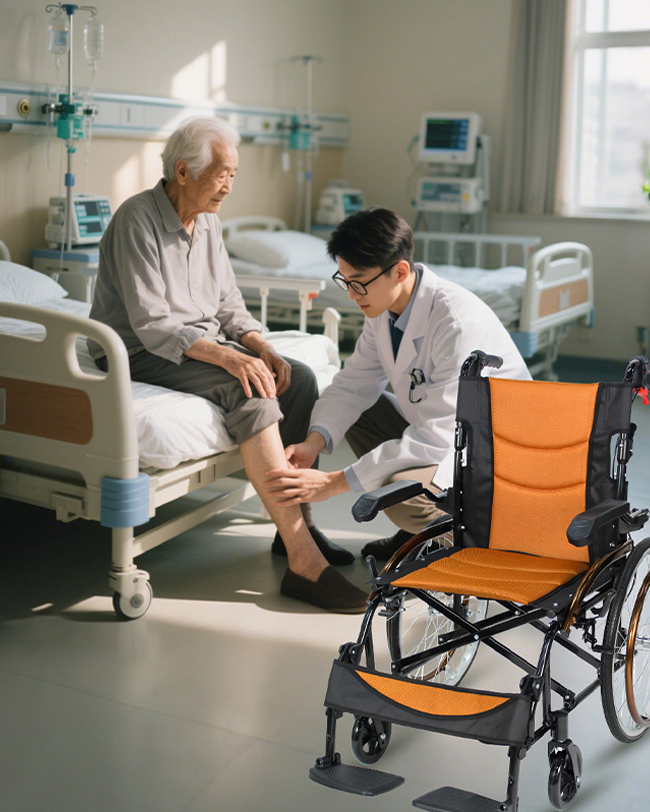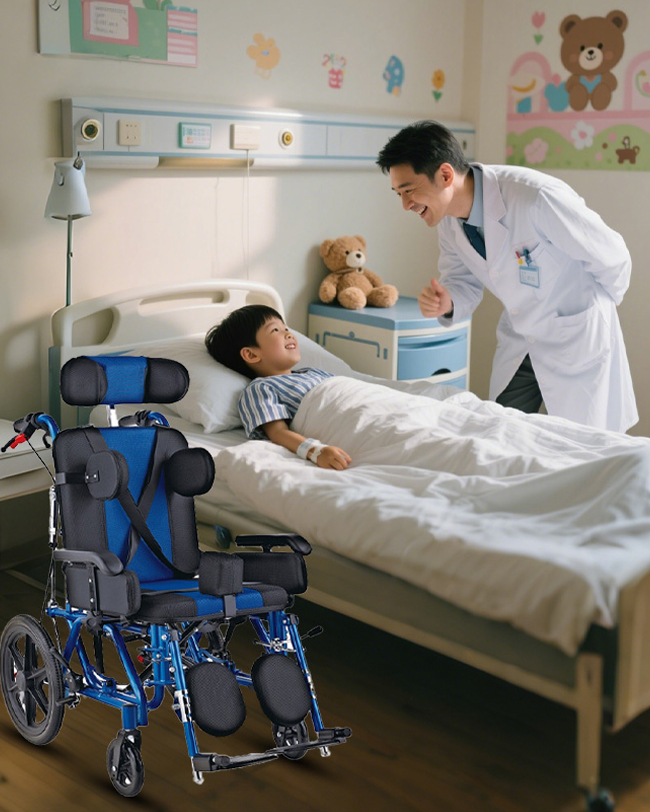The Historical Context of Crutches
The use of crutches dates back to ancient times, with evidence suggesting their presence in various forms across different civilizations. Early crutches were rudimentary, often consisting of branches or sticks used to support the injured or those with mobility impairments. As societies evolved, so too did the design and functionality of crutches, reflecting the technological capabilities and understanding of the time.
The Cultural Significance of Crutches
Crutches have played a significant role in various cultures, not just as a medical device but also as a symbol. In some societies, the use of hospital crutches was associated with nobility, as they were a sign of survival and resilience. In others, they were seen as a mark of shame, indicating a weakness that needed to be hidden. Today, the cultural perception of crutches is shifting towards a more inclusive and understanding view, recognizing the importance of accessibility and support for all.

The Evolution of Crutch Design and Materials
1. Early Crutch Designs: From Sticks to Supports
The earliest crutches were simple sticks used to bear weight and provide stability. Over time, these evolved into more sophisticated designs with carved handles and adjustable lengths to better fit the user's body and needs.
2.Modern Crutch Innovations: Lightweight and Adjustable
Modern crutches are designed with user comfort and functionality in mind. The use of aluminum material in aluminum crutches makes them lightweight and easy to operate., while adjustable crutches features ensure a proper fit for users of all heights.
The Technological Advancements in Crutch Design
1.Electronic Crutches: A Leap Forward in Mobility Assistance
Recent years have seen the development of electronic crutches, which offer features like height adjustment at the touch of a button, built-in sensors for monitoring gait and balance, and even integrated navigation systems for the visually impaired.
2.Smart Crutches: Integrating Technology for Better Support
Smart crutches are equipped with technology that can track usage patterns, provide feedback on walking habits, and even connect to smartphones for real-time data analysis and feedback.
The Psychological Aspects of Crutch Use
The transition to using crutches can be a challenging and emotional process for many individuals. The loss of independence and the need for assistance can lead to feelings of vulnerability and frustration. However, with the right support and mindset, many users find that crutches empower them to maintain their mobility and participate in daily activities.
Crutch Training and Rehabilitation: The Path to Independence
Learning to use crutches effectively is crucial for preventing further injury and ensuring a safe recovery. Physical therapists play a vital role in teaching patients how to use crutches properly, focusing on techniques such as the four-point gait, which involves moving one crutch and the opposite leg simultaneously.
Crutch Maintenance and Care: Ensuring Safety and Durability
Proper maintenance of crutches is essential for their longevity and the safety of the user. This includes regular cleaning, checking for wear and tear, and ensuring that all components are functioning correctly.
Crutches in Sports and Recreation: Adapting to Stay Active
Many athletes and active individuals who require crutches have adapted to stay involved in sports and recreational activities. Specialized crutches and adaptive equipment have been developed to accommodate the needs of these individuals, allowing them to continue pursuing their passions.
Crutch Art and Fashion: Redefining Aesthetics
In recent years, there has been a movement to redefine the aesthetics of crutches, with artists and designers creating custom crutch designs that are both functional and fashionable. This shift in perspective helps to normalize the use of crutches and celebrates the individuality of their users.
The Enduring Role of Crutches in Society
Crutches have come a long way from their humble beginnings as simple sticks. They are now an integral part of our society, providing support and mobility to those in need. As technology continues to advance, we can expect crutches to become even more sophisticated, offering greater independence and quality of life to users.




